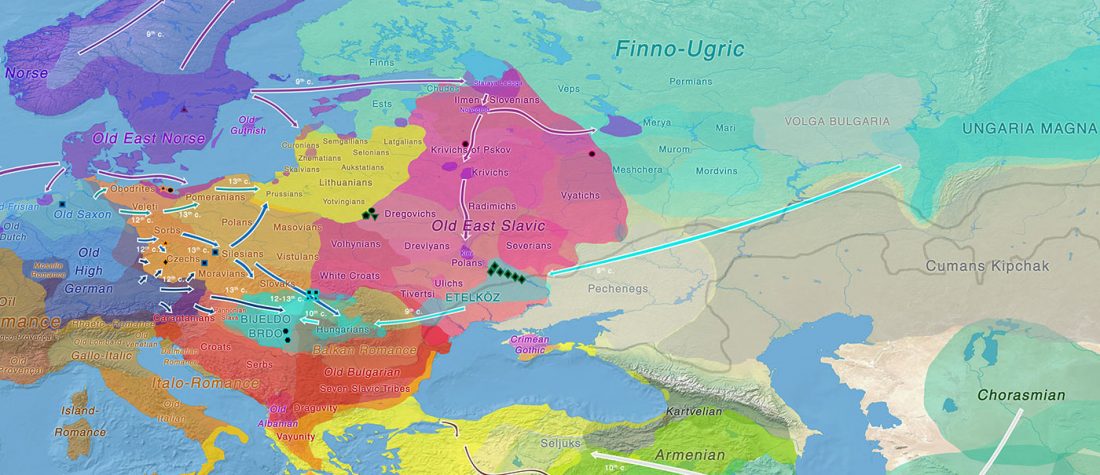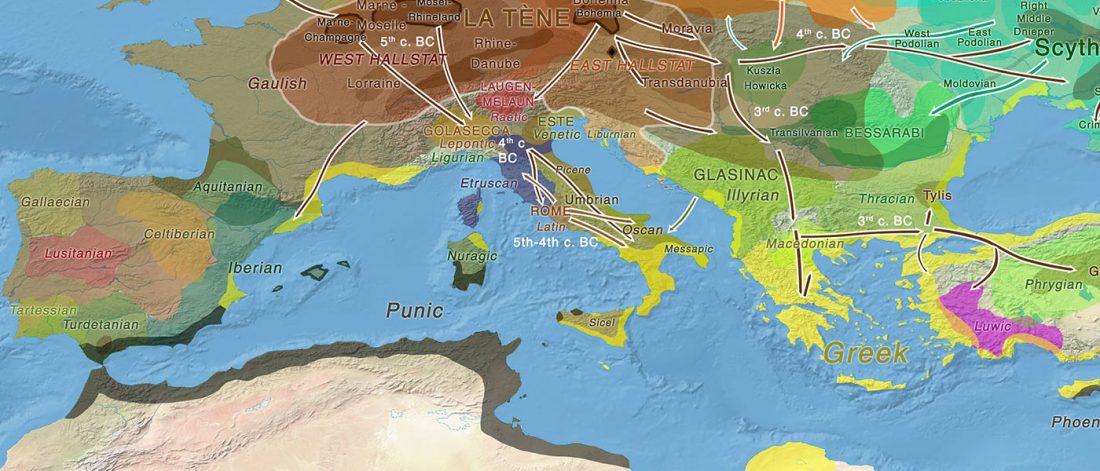Whole mitochondrial genome diversity in two Hungarian populations, Malyarchuk et al. Mol Genet Genomics (2018).
Abstract:
… Read the rest “Hungarian mitogenomes similar to East and West Slavs, but genetic substratum predates their historic contacts”Complete mitochondrial genomics is an effective tool for studying the demographic history of human populations, but there is still a deficit of mitogenomic data in European populations. In this paper, we present results of study of variability of 80 complete mitochondrial genomes in two Hungarian populations from eastern part of Hungary (Szeged and Debrecen areas). The genetic diversity of Hungarian mitogenomes is remarkably high, reaching 99.9% in a combined sample. According to the analysis of molecular variance (AMOVA), European populations showed a low,

